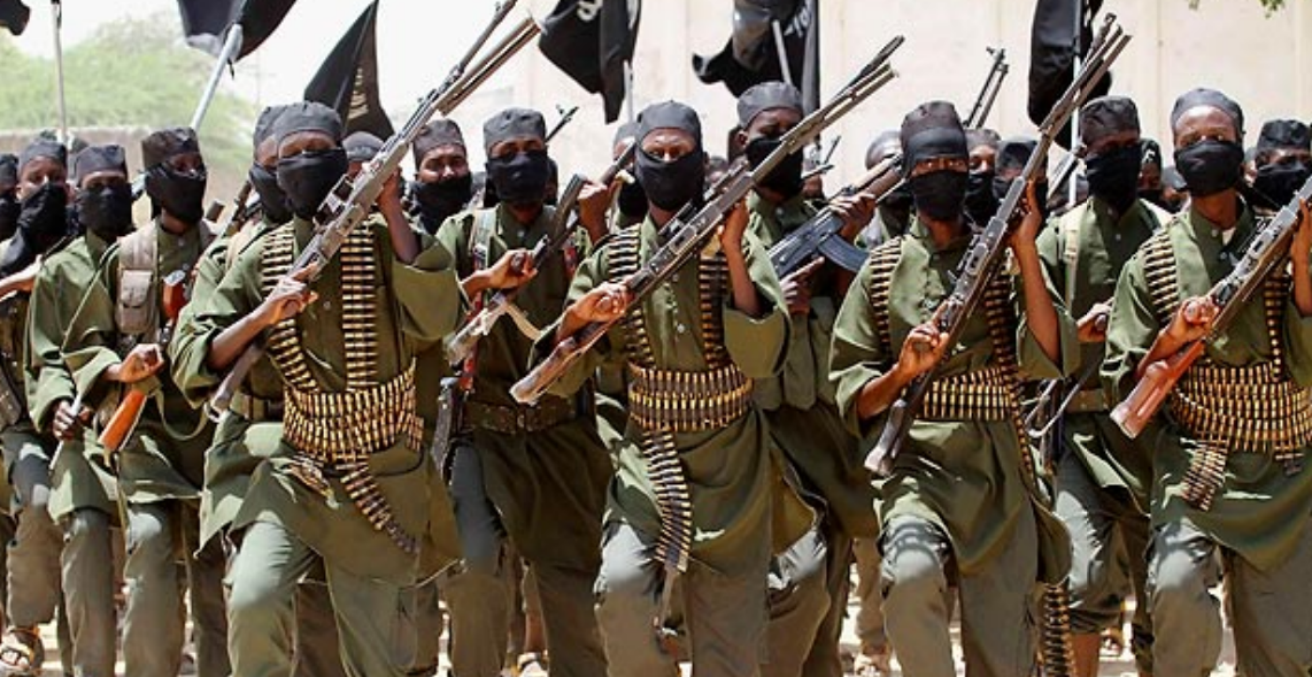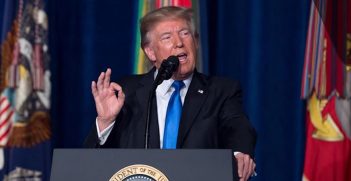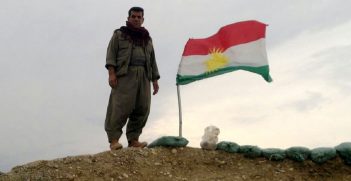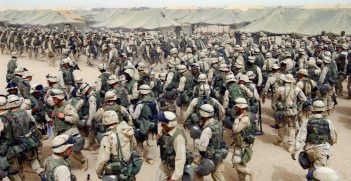Many Happy Returns of al-Qaeda

On 11 August 1988, the members of what became al-Qaeda met in Peshawar, Pakistan, to form the movement which is now 30 years old. With Osama bin Laden’s money, political vision, religious fervour and capacity as a modern communicator, it changed the course of the 21st century. Even though its profile is lower now, there is much below the horizon.
What was to become al-Qaeda originated in Pakistan in the late 1970s among the Mujahiddeen who, with American backing, opposed the Soviet-supported secular government of Afghanistan. A member of a prominent Saudi Arabian family with links to the Texas Bush clan, Osama (Usama) bin Laden was known to the CIA in the 1980s as Colonel Tim Osman, a successful leader of the Mujahiddeen. He felt the United States failed to reward him for his efforts, and in August 1988 he took over the al-Qaeda leadership and launched a series of attacks on American sites in the region, before turning to targets in the US itself.
Revenge was a consistent motive on both sides. The 1988 Pan Am bombing over Lockerbie set al-Qaeda an example. It was Libyan retaliation for the US assault on Tripoli two years before, which in turn was American revenge for the deaths of two off-duty American soldiers, killed in a night-club by Libyans in West Berlin. Osama bin Laden declared it was every Muslim’s duty to ‘kill Americans wherever they are found’. Conveying his outrage about half a million Americans remaining in US bases in Saudi Arabia, close to Mecca and Medina, after the first Gulf War, al-Qaeda killed American soldiers in Somalia in the early 1990s, was complicit in the first bombing of the World Trade Centre basement in 1993, and in the same year bombed the Khobar Towers in Saudi Arabia which housed US Air Force personnel. Sheikh Omar Abdel Rahman, wanted in Egypt for terrorism, led the 1993 plot. Amazingly, the CIA had spirited him into the US in 1990, and his attack followed procedures in CIA manuals. The attack in 2000 on USS Cole in Aden was al-Qaeda’s response to the intelligence facilities Washington was establishing in Yemen. The spectacular and devastating 11 September 2001 assault on New York and Washington, planned for years, was the culmination of bin Laden’s determination to punish the West on its own soil for killing and insulting Muslims.
The US and allied retaliatory invasions of Afghanistan and Iraq fed more justifications for revenge by al-Qaeda, which grew to become a large, centralised, hierarchical organisation under bin Laden and Ayman al-Zawahiri, the group’s leader in Egypt. At its peak, al-Qaeda had thousands of fighters and trainees, as well as affiliated organisations in the Middle East, North Africa and Southeast Asia. Global telecommunications were increasingly significant: social media and smart phones enabled the revolt in Tunisia in late 2010 to spread across the region, creating the short-lived ‘Arab Spring’ of 2011. Videos and broadcasts on Al Jazeera made bin Laden’s purpose clear to millions, including his assertion that al-Qaeda’s bombing of the Madrid railway station in 2004 was ‘only part of the settlement of old scores with the Crusader Spain’. The Spanish government fell and its successor withdrew Spanish forces from Iraq.
Al-Qaeda several times proved its capacity to fall back, regroup, and rise again. It could rely upon the world-wide solidarity of Muslims who, despite their doctrinal schisms, shared hostility towards the Crusaders and Zionists. The Iraq invasion inspired al-Qaeda in Iraq and al-Qaeda in the Arabian Peninsula, followed by successive versions of Islamic State (IS). Every ‘mistake’ bombing and every allied drone strike in Afghanistan, Iraq, Libya, Yemen or Syria successively gave the Taliban, al-Qaeda and then IS opportunities to urge Muslims anywhere to kill as many of their enemies as they could in as shocking a manner as possible or to become martyrs themselves. Al-Qaeda concentrated on foreign targets, but fellow-Muslims were collateral damage for IS. The rapid onslaught of IS on cities in Iraq and Syria culminated in the short-lived caliphate announced by Abu Bakr al-Baghdadi in 2015. A successor movement, derived from Jabhat al-Nusra, now called Hayat al-Shamat, is less apocalyptic but is the most capable terrorist group today, says David Kilcullen. UN experts reported to the Security Council in August 2018 that IS still has 30,000 members in Syria and Iraq, with affiliates across the region and in Southeast Asia. Al-Qaeda is stronger than IS in Somalia, Yemen, the Sahel and South Asia. This month Hamza bin Laden, the 30 year-old son of Osama, married 9/11 hijacker Mohammed Atta’s daughter, suggesting dynastic possibilities for al-Qaeda.
By continuing to send troops to Africa and the Middle East and supporting proxy fighters in civil wars for little gain, the US and its allies provide Muslims there and in Western countries with an enduring motivation for terrorism. ‘The idea that you can set fire to countries in the Middle East, collapse their societies, and traumatize entire populations sowing carnage on a biblical scale, and not expect any reaction in the form of blowback is utterly insane,’ American analyst John Wight wrote last year. Jake Lynch of the University of Sydney agrees: ‘Islamic State germinated in the scorched earth left behind when we removed the regime of Saddam Hussein. If we had not invaded Iraq, the organisation that is now attacking us would not exist’.
As IS power in Iraq and Syria wanes, the US supports the Kurds (and even offshoots of IS) against the Assad government and prepares for long-planned revenge on its main target, Iran. Australia, on the other hand, in December 2017 withdrew its RAAF fighter jets from Syria without explanation. If this means staying out of any more wars of revenge in the Middle East, so much the better.
Dr Alison Broinowski FAIIA is a former Australian diplomat and a visiting fellow at ANU. She is vice-president of Honest History and of Australians for War Powers Reform.
An earlier version of the article can be found on John Menadue ‘Pearls and Irritations’. It is republished with permission.
This article is published under a Creative Commons Licence and may be republished with attribution.





